‘Kogin-sashi’, Japanese Needlework that’s Made to Last
Women in remote villages in the Tsugaru region that receives heavy snowfall were the first to start producing this hard-wearing needlework.
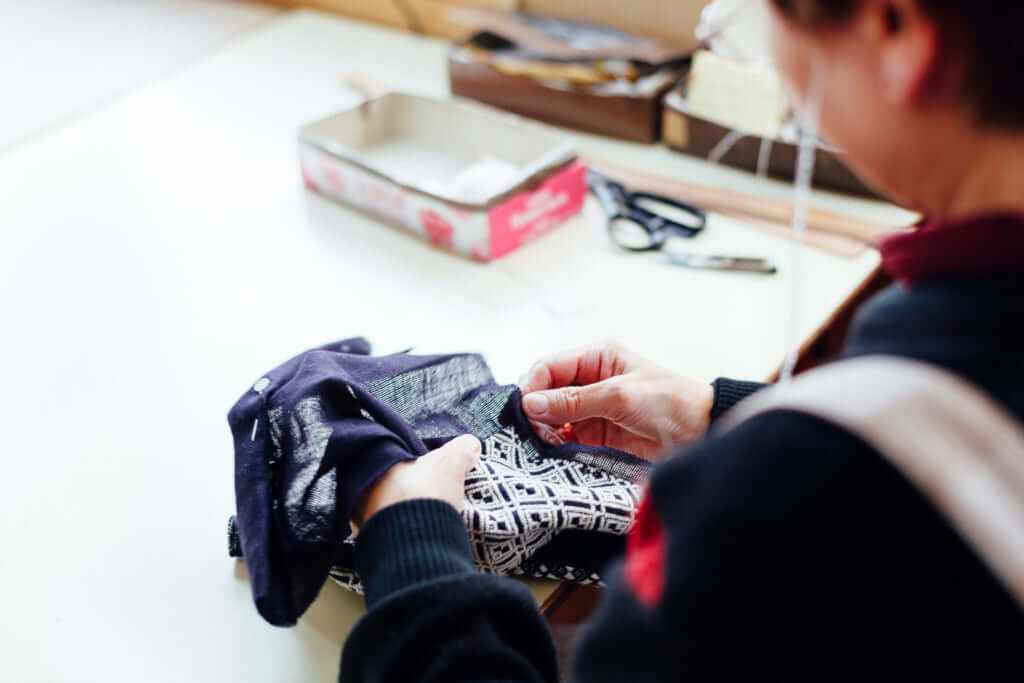
© Hirosaki Kogin Laboratory
Kogin-sashi is a kind of sashiko needlework, which is a form of traditional embroidery done by hand and developed during the Edo period. Historically, kogin-sashi was used to repair or ‘decorate’ an old, worn-out piece of clothing.
From the functional to the aesthetic
Farmers developed the technique, invented by women in the Tsugaru region in Aomori prefecture, northern Japan, out of necessity: they needed to make their hemp garments warmer and more durable. This activity then became more widespread.
As time passed, the function of kogin-sashi became purely aesthetic. The basic pattern used is called modoko and comes in around forty different kinds. These can be combined to create bigger and more ambitious geometric patterns. Japanese Brand Tohoku Standard, which makes its clothes by hand, continues the tradition by making garments using this technique.
More information can be found on the Hirosaki Kogin Institute’s website.
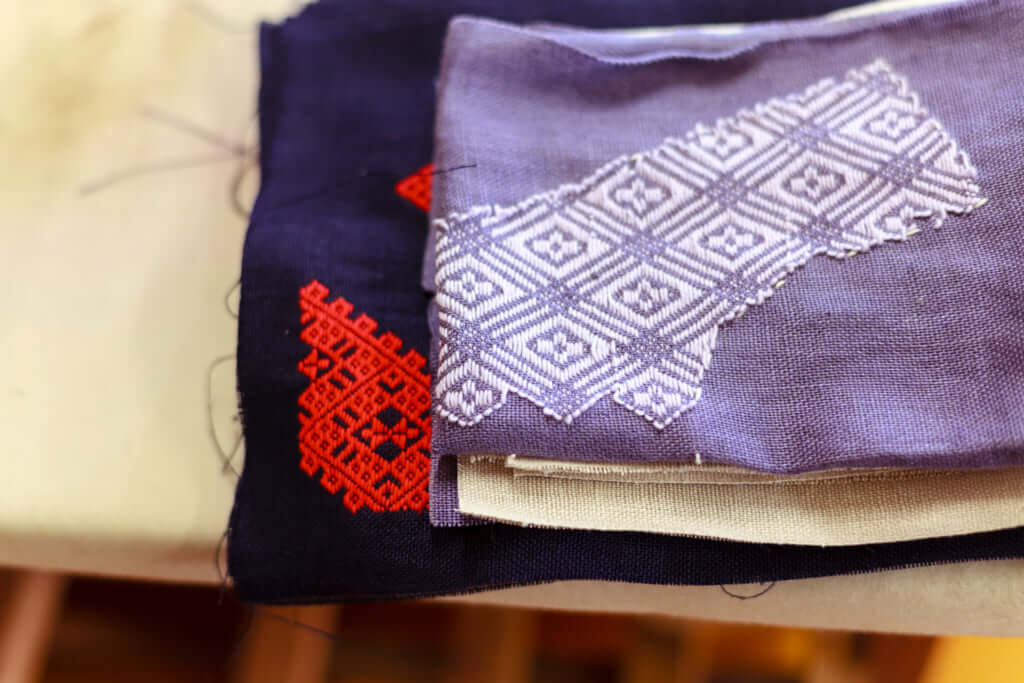
© Hirosaki Kogin Laboratory
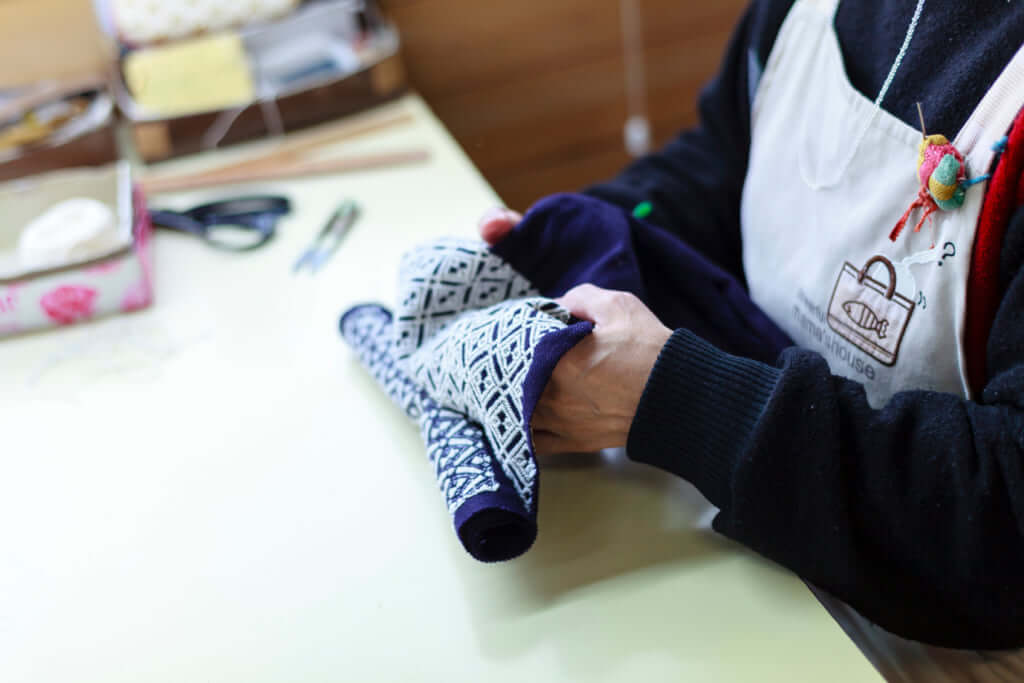
© Hirosaki Kogin Laboratory
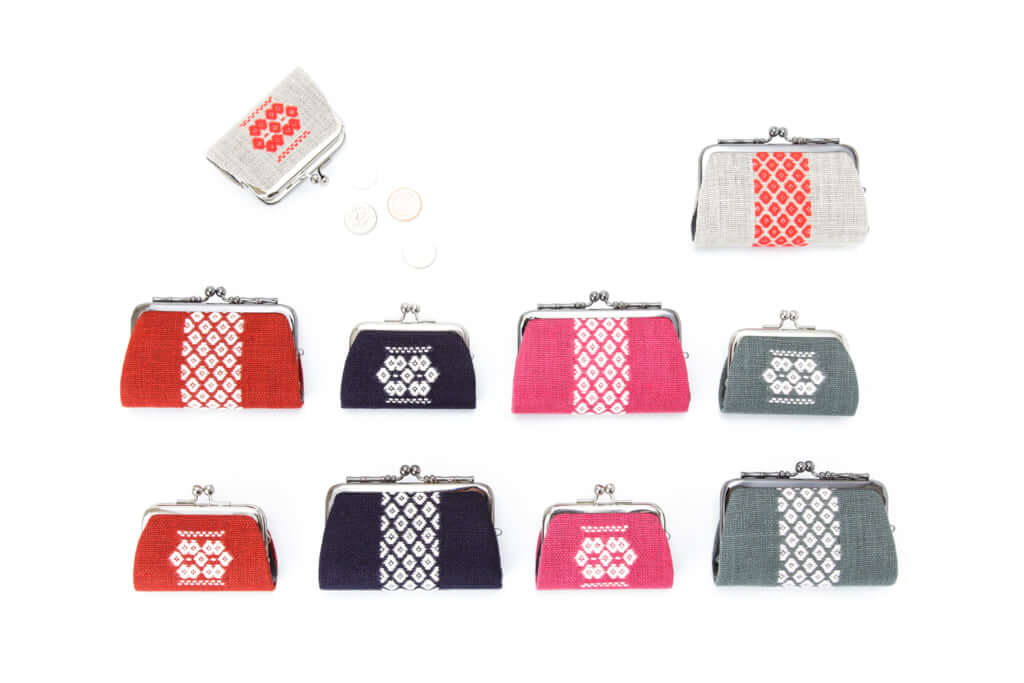
© Hirosaki Kogin Laboratory
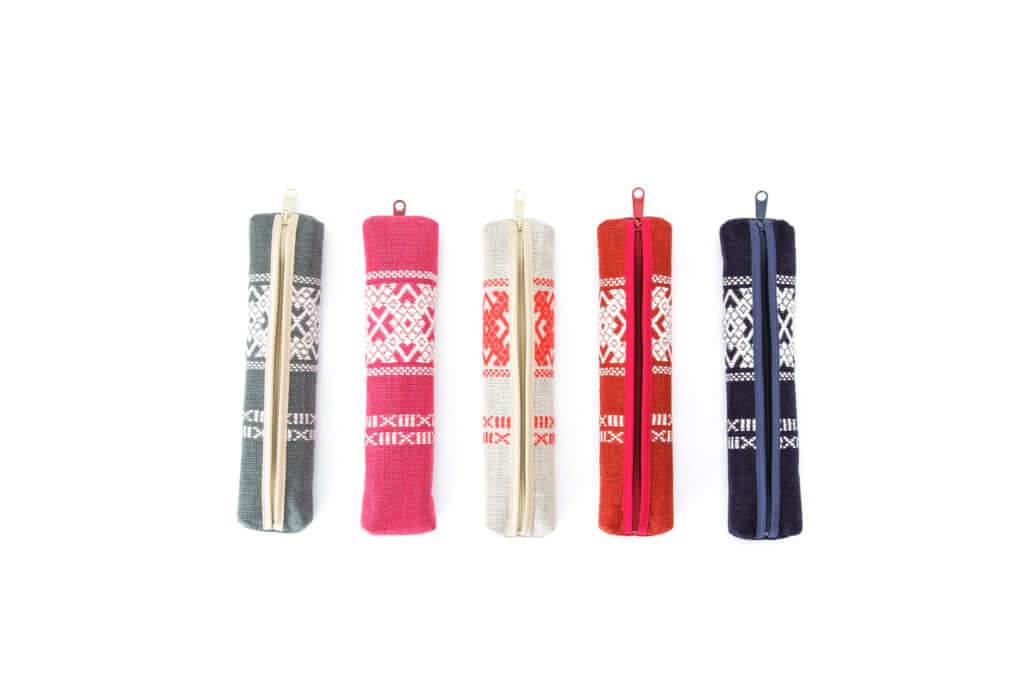
© Hirosaki Kogin Laboratory
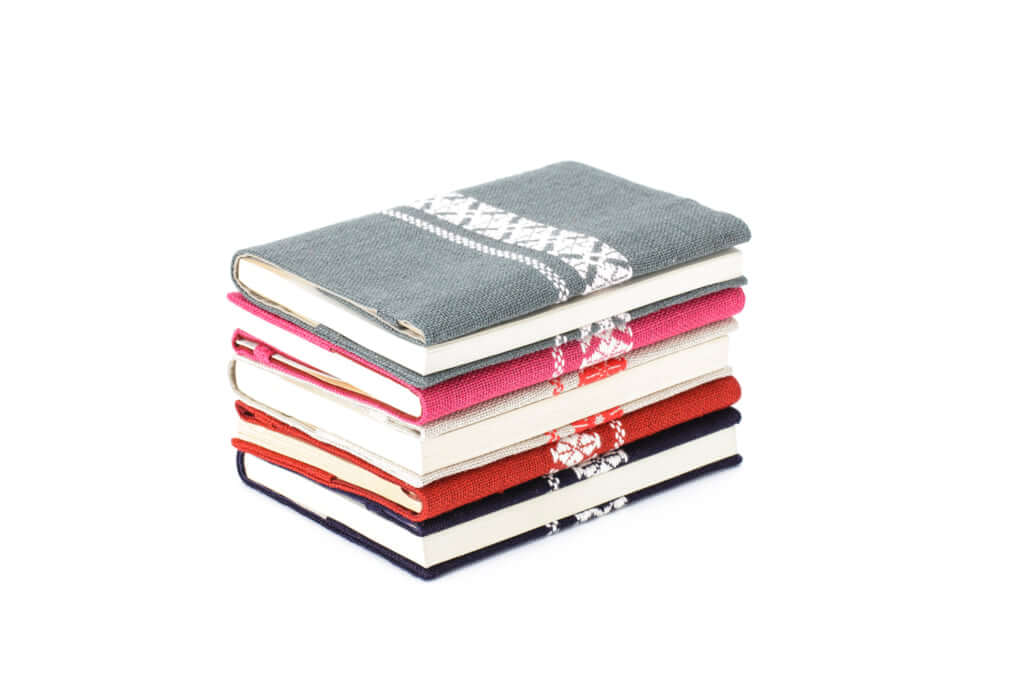
© Hirosaki Kogin Laboratory
TRENDING
-
The Tattoos that Marked the Criminals of the Edo Period
Traditional tattoos were strong signifiers; murderers had head tattoos, while theft might result in an arm tattoo.

-
The Tradition of the Black Eggs of Mount Hakone
In the volcanic valley of Owakudani, curious looking black eggs with beneficial properties are cooked in the sulphurous waters.

-
Gashadokuro, the Legend of the Starving Skeleton
This mythical creature, with a thirst for blood and revenge, has been a fearsome presence in Japanese popular culture for centuries.

-
A Rare Japanese Garden Hidden Within Honen-in Temple in Kyoto
Visible only twice a year, ‘Empty River’, designed by landscape architect Marc Peter Keane, evokes the carbon cycle.

-
‘YUGEN’ at Art Fair Tokyo: Illumination through Obscurity
In this exhibition curated by Tara Londi, eight international artists gave their rendition of the fundamental Japanese aesthetic concept.





